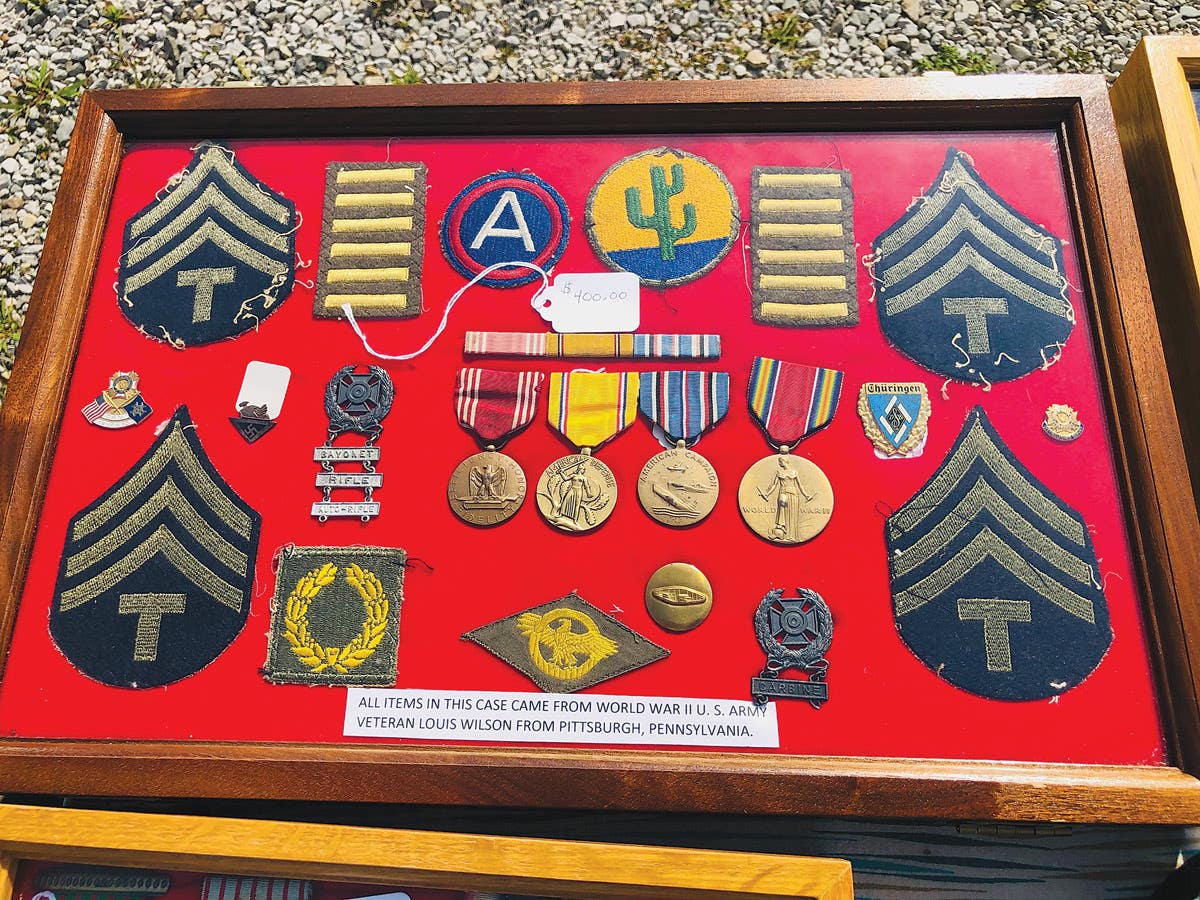Robotic Suit Could Usher in Super Soldier Era
The Army believes soldiers may someday wear the suits in combat, but it is focusing for now on applications such as loading cargo or repairing heavy equipment. Sarcos is developing the technology under a two-year contract worth up to $10 million, and the Army plans initial field tests next year.
CNN reported recently that a robotic firm, Sarcos Inc., situated in Salt Lake City and under contract of the U.S. Army, has developed a 150 pound robotic suit made of electronics and aluminum which is able to multiply the strength of the wearer by at least 20 times.
The Army believes soldiers may someday wear the suits in combat, but it is focusing for now on applications such as loading cargo or repairing heavy equipment. Sarcos is developing the technology under a two-year contract worth up to $10 million (euro6.5 million), and the Army plans initial field tests next year.
Before the technology can become practical, the developers must overcome cost barriers and extend the suit's battery life. In a recent exhibition, the user was tethered to power cords during the demonstration because the current battery lasts just 30 minutes.
However, the technology already offers evidence that robotics can amplify human muscle power in reality _ not just in the realm of comic books and movies like the recently debuted "Iron Man," about a wealthy weapons designer who builds a high-tech suit to battle bad guys.
"Everybody likes the idea of being a superhero, and this is all about expanding the capabilities of a human," Stephen Jacobsen, chief designer of the Sarcos suit told local news outlets.
According to a recent article by the Associated Press, Jack Obusek, a former colonel now with the Army's Soldier Research Development and Engineering Center in the Boston suburb of Natick, foresees robot-suited soldiers unloading heavy ammunition boxes from helicopters, lugging hundreds of pounds (kilograms) of gear over rough terrain or even relying on the suit's strength-enhancing capabilities to make repairs to tanks that break down in inconvenient locations.
"We see the value being realized when these suits can be built in great numbers for both military and commercial uses, and they start coming down in cost to within the range of the price of a small car," said Jacobsen. I
In a recent interview he declined to estimate how much the suit might cost in mass production.







